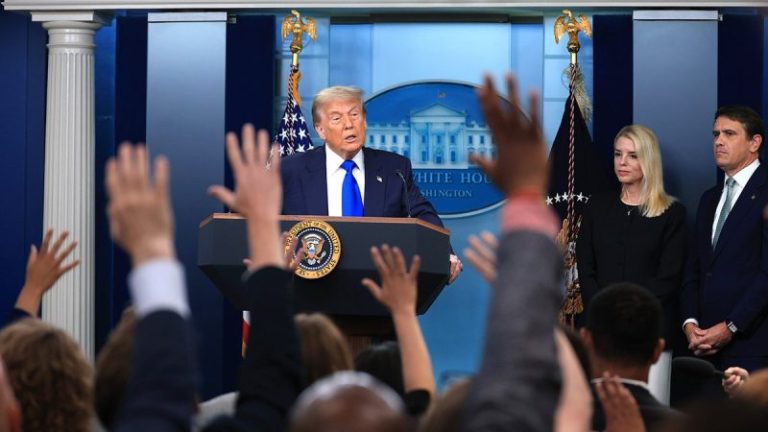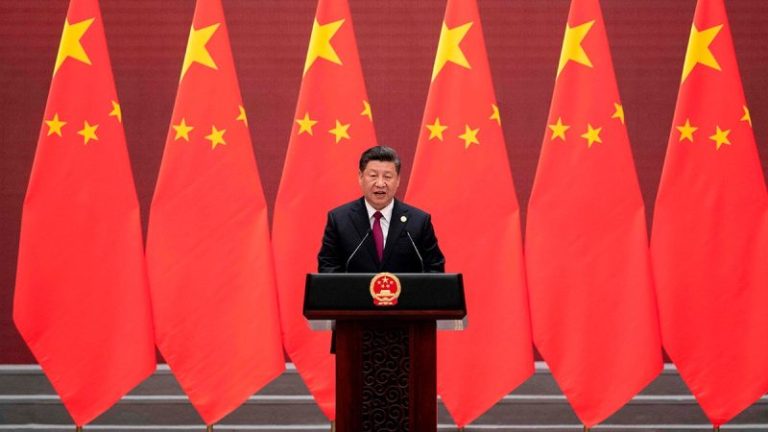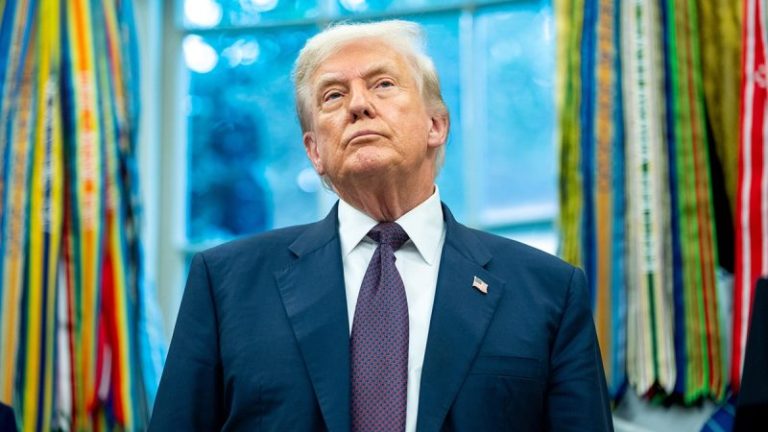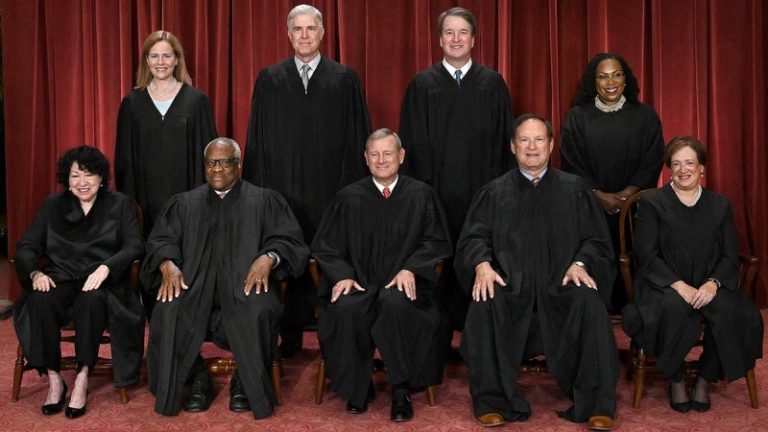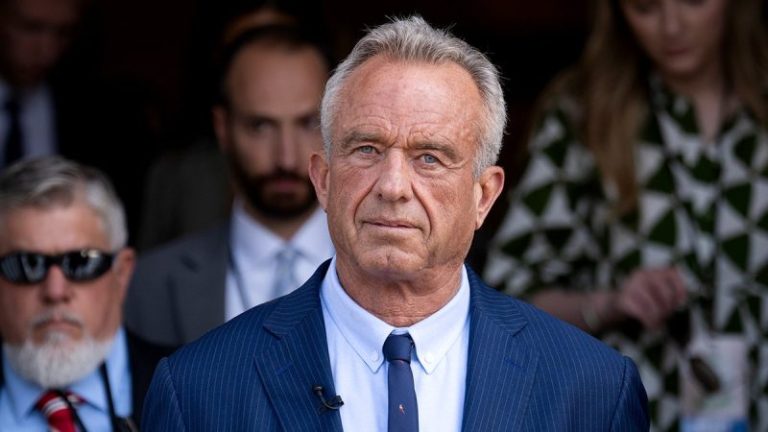Health and Human Services Secretary Robert F. Kennedy Jr. is set to testify on Capitol Hill on Thursday, a week after turmoil engulfed the Centers for Disease Control and Prevention (CDC).
Lawmakers on the Senate Finance Committee, which has jurisdiction over the HHS, will hear from Kennedy on President Donald Trump’s healthcare agenda, dubbed by the secretary as the Make America Healthy Again movement.
While the committee does not directly oversee the CDC, the recent firing of former CDC Director Susan Monarez, the wave of high-level officials departing and other moves at the agency taken under Kennedy’s tenure are expected to dominate the line of questioning from both Republicans and Democratic lawmakers on the panel.
Senate Majority Leader John Thune, who is a member of the panel, told reporters that Kennedy would face ‘hard questions’ from committee members, particularly over frustrations over Monarez, who was confirmed by the Senate less than a month before her ouster.
‘He’s gotta take responsibility… we confirm these people,’ the South Dakota Republican said. ‘We go through a lot of work to get them confirmed. And they’re in office a month?’
Speculation has swirled over the reason behind Monarez’s firing given her differing stance on vaccines compared to Kennedy, who spent much of his presidential campaign and tenure as secretary going after the efficacy and safety of vaccination, particularly those for COVID-19.
Sen. Bill Cassidy, R-La., who chairs the Senate health committee and was the deciding vote that propelled Kennedy to a role in the Trump administration, is also set to question the secretary.
Last week, he demanded that the federal government’s vaccine advisory panel, which was filled with Kennedy’s handpicked replacements after he recently booted the original panel members, postpone its scheduled meeting in September until ‘significant oversight’ was carried out by his committee, and charged that any recommendations made by the advisory panel should be rejected until then.
Cassidy told Fox News Digital that he was working on just what the oversight measures would look like and expected to announce his plans soon. In the meantime, he noted that he was supportive of Kennedy and Trump’s commitment to ‘radical transparency,’ but noted that his main concerns were about children’s health.
‘It isn’t about R versus D. It isn’t about, you know, internecine fights within the Republican Party. It is about children and grandchildren, and will they die or be at risk of dying from vaccine-preventable disease,’ Cassidy said. ‘Now we’ve got to get to the truth of this.’
He also argued that members of the Advisory Committee on Immunization Practices are supposed to receive materials to review before making vaccine recommendations and decisions, but questioned where the information would be coming from in the wake of several senior members of the CDC making their exit after Monarez’s firing.
‘We’ve got to have some sort of radical transparency into what scientific justification is being used for that,’ he said. ‘Is it a political appointee? Well, to say a political appointee is making scientific recommendations. Who’s a political appointee? I mean, are they a doctor, a PhD, or are they a political appointee? Our concern is they might just be political appointees, but we’re going to find that out.’
Sen. Steve Daines, R-Mont., another member of the Senate Finance Committee, told Fox News Digital that his line of questioning would focus on the abortion drug Mifepristone and its safety, but added that it was ‘fair’ for lawmakers to have debate over Kennedy’s leadership of the CDC and HHS.
‘It’s typical for any secretary that comes up, but I’m sure many of these issues that have been raised are related to some concerns. These questions are going to be asked, and I’m grateful that the Secretary will be there to explain what he sees going on and the path forward,’ he said.
Meanwhile, Kennedy defended his moves at the CDC in a Wall Street Journal opinion piece on Tuesday and contended that ‘President Trump has asked me to restore that trust and return the CDC to its core mission.’
He wrote that steps have already been taken to ‘eliminate conflicts of interest and bureaucratic complacency’ at the agency, and that leaders who ‘resisted reform’ had already been replaced.
‘Most CDC rank-and-file staff are honest public servants,’ Kennedy said. ‘Under this renewed mission, they can do their jobs as scientists without bowing to politics. The agency will again become the world authority on infectious-disease policy.’
‘First, the CDC must restore public trust — and that restoration has begun,’ he continued. ‘It won’t stop until America’s public-health institutions again serve the people with transparency, honesty and integrity.’
Fox News Digital reached out to the HHS for comment but did not hear back immediately.
This post appeared first on FOX NEWS

